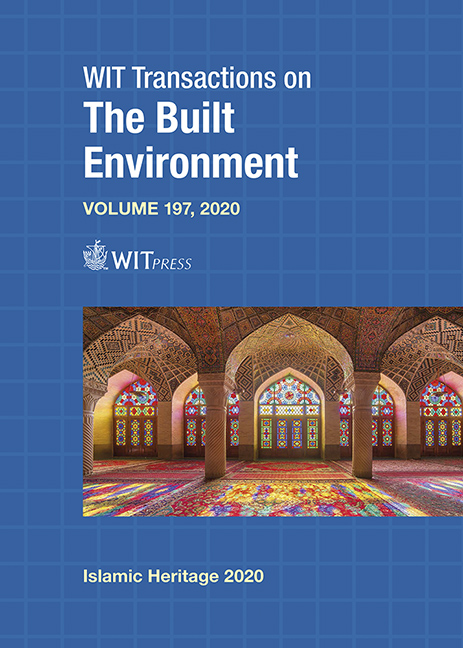IMPACT OF URBANISATION ON CULTURAL IDENTITY AND TOWNSCAPE CHARACTERISTICS OF KUALA LUMPUR CHINA TOWN, MALAYSIA
Price
Free (open access)
Transaction
Volume
197
Pages
12
Page Range
77 - 88
Published
2020
Size
568 kb
Paper DOI
10.2495/IHA200071
Copyright
WIT Press
Author(s)
SHAHRUL YANI SAID, SITI NUR AISYAH AHMAD HAMZAH
Abstract
Urbanisation had led to the destruction of traditional urban areas in Kuala Lumpur, which is why the reputation of the city’s historical picture is dominated by modernity. With the fast-changing growth of new developments, there is a lack of harmony between the old and the latest developments in Kuala Lumpur city area. Urbanisation had created new attractions with various forms of architectural expressions. New buildings constructed within the city’s traditional areas are different and sometimes indicated as the unwelcome contiguity to the architectural heritage of the street. This study outlines the interrelationship between principles of urban design such as identity, image and sense of place and its role in representing cultural identity of a place. It aims to identify the impacts of urbanisation on the cultural identity and townscape character of a heritage area. The case study area is within the Petaling Street, a China Town area of Kuala Lumpur, a traditional urban area famous for its trading activities and Chinese-style shophouse architecture. A townscape assessment survey was carried out to assess the physical condition of the area and observations were recorded. The result indicates a need for a comprehensive conservation management where the consideration should be in sustaining the cultural identity and historic characteristics of the heritage area.
Keywords
traditional urban areas, urbanisation, pattern of spaces, image and identity




